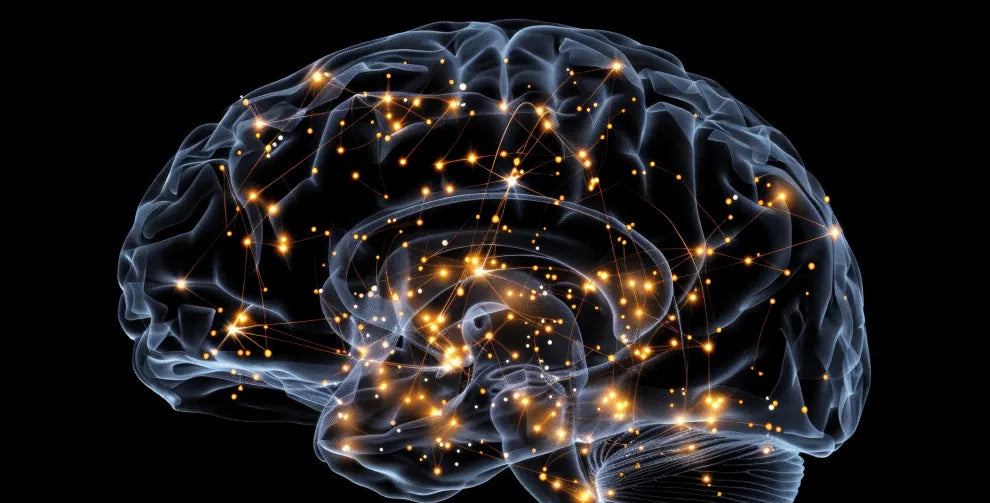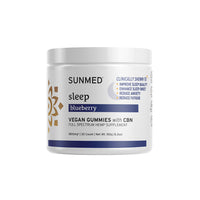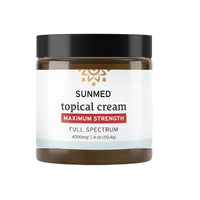Neuroplasticity After Stroke: How the Brain Recovers
Discover how neuroplasticity after stroke supports brain recovery. Learn how the brain rewires itself and what influences healing.

When someone experiences a stroke, it can feel like everything has been turned upside down. The body might move differently, words might not come as easily, and emotions can feel more intense.
However, there’s something deeply hopeful that not everyone talks about enough: the brain is incredibly adaptable.
One of the most beautiful things about the human brain is its ability to rewire itself. This process of adapting is called neuroplasticity, and it’s at the heart of the recovery process after a stroke. Let’s look at what neuroplasticity means and how it works.
What is neuroplasticity?
Neuroplasticity is a technical term for the brain’s ability to change, grow, and adapt. For a long time, scientists believed that the brain was fixed after childhood. Research now shows that the brain continues to reshape itself throughout our lives. Every time you learn something new or form a new habit, your brain is literally creating new connections.
Neuroplasticity becomes especially important after a stroke. That’s because a stroke can affect how certain parts of the brain function. With time, support, and practice, other parts of the brain can step in and help.
Think of it this way. If one road is closed, your brain starts looking for detours. Those detours may not be perfectly smooth at first, but with practice, they can become easier to travel. Over time, your brain can build new pathways and even assign tasks to different areas to help with movement, memory, and speech.
What happens in the brain during a stroke?
A stroke happens when blood flow to a part of the brain is disrupted, and that lack of blood flow means that brain cells in the affected area don’t get the oxygen they need. This can lead to changes in how the brain sends and receives signals.
Depending on the part of the brain affected, someone might experience changes in movement, coordination, speech, memory, or mood — and while that can feel overwhelming, the brain is always looking for ways to restore balance.
Even in areas that have been significantly damaged by a stroke, neighboring parts of the brain can sometimes take over. With the right environment and supportive practices, the brain begins to rewire itself by creating new pathways for old functions.
How does neuroplasticity support recovery after a stroke?
Recovery after a stroke isn’t about getting back to how things were. It’s about adapting and rediscovering strength in a new way. Neuroplasticity is your body's ability to innovate, adapt, and overcome.
Creating new pathways
When one part of the brain is damaged, another part can learn to do that job. This might mean that a different region starts helping with speech, walking, or even facial expressions. It doesn’t happen overnight, but with diligent practice, those new pathways get stronger.
Reconnecting mind and body
Sometimes, after a stroke, the body doesn’t respond the way it used to. That can be frustrating. But through neuroplasticity, the brain can slowly learn a new way to send signals to muscles. Even the smallest movements can be a sign that the brain is reconnecting with the body.
Strengthening existing connections
Recovery also involves rebuilding and reinforcing the connections that are still intact. The more those healthy pathways are used, the stronger they become.
Repetition in rebuilding connections is a lot like exercising a muscle. With frequent use, connections become stronger.
How to support neuroplasticity naturally
There’s no magic formula for recovery, but there are gentle, natural ways to support the brain as it heals. These simple approaches can help create an environment where neuroplasticity can thrive.
Repetition and routine
Repetition is one of the most powerful ways to support neuroplasticity. Every time you repeat a movement, a word, or even a thought, your brain is practicing how to build and strengthen that pathway to form a routine.
This doesn’t mean doing something perfectly. All small, repeated efforts, even imperfect ones, can spark powerful changes. That’s why so many recovery programs focus on consistent and meaningful activity.
Gentle movement and mind body practices
Movement helps stimulate the brain. Even gentle stretching, mindful walking, or breath-centered movement can support neural pathways. Practices like tai chi, yoga, and simple balance exercises are wonderful ways to reconnect the body and brain.
These kinds of mindful activities don’t just support physical recovery. They also help reduce stress, improve focus, and bring a sense of calm and empowerment.
Connection and communication
Social connection is a powerful wellness support during recovery. Talking, listening, laughing, sharing stories, and spending time with loved ones can stimulate multiple areas of the brain at once.
Even when words are hard to find, simply being around caring people can activate brain regions linked to emotional balance and memory. Consider trying music, art, or other expressive activities that allow communication in different ways.
Nourishment and hydration
The brain needs fuel to rebuild. Simple, nourishing meals with plenty of colorful fruits and vegetables, healthy fats, and hydration can support your body’s natural processes. Foods rich in omega-3s, like walnuts and flaxseeds, are especially supportive for brain function.
This isn’t about strict diets. It’s about providing your body with the resources it needs to do the work of healing. Prioritizing a wide variety of whole foods and limiting processed foods is a strong effort in any capacity, whether or not you follow any specific diet plan.
Rest and sleep
Sleep is when the brain gets to clean, reset, and organize. It’s one of the most powerful times for neuroplasticity to happen. Creating a calming bedtime routine, limiting stimulation before sleep, and making your space restful can all help the brain recharge and rebuild overnight.
Promoting natural restful sleep is highly important. It may be worth upgrading your bed and bedding to something more comfortable. You can use holistic sleep support like CBD for sleep to help you wind down at night.* People sleep better at cooler temperatures, so double check your thermostat.
Combat oxidative stress with antioxidants
One of the lesser-known but powerful ways to support neuroplasticity is by reducing oxidative stress in the body. Oxidative stress happens when there’s an imbalance between free radicals and the body’s ability to neutralize them. Over time, this can create wear and tear on cells, including brain cells.
Your body is designed to handle this naturally, especially when it’s supported with the right nutrients and wellness habits.
Antioxidants are compounds that help neutralize free radicals and protect the body’s cells. They also play a helpful role in encouraging the brain’s natural repair processes. When it comes to neuroplasticity, antioxidants are like gentle helpers, quietly supporting your brain’s effort to heal, rewire, and grow.
Whole foods with naturally bright colors, like berries and dark leafy greens, are rich in antioxidants.
Staying inspired on the path of recovery
Progress may not always follow a straight line. Some days will feel encouraging. Others may feel like a step backward. That’s okay. Neuroplasticity is not about instant change. It’s about the small shifts that build over time.
Celebrate the little wins — every new movement, word, or moment of clarity is worth honoring. Be gentle with yourself. Neuroplasticity is proof that growth and healing are always possible, even when the path looks different than you expected.
Final thoughts
Your brain is resilient, intelligent, and always looking for ways to reconnect. Neuroplasticity is a quiet miracle happening in the background of every practice, every breath, every moment of intention.
Whether you’re supporting a loved one or walking the path yourself, progress is not about how far you go, but about how consistently you show up.
With care, encouragement, and trust in your body’s natural wisdom, the brain has the incredible ability to adapt, reconnect, and begin again. At Sunmed, we’re committed to supporting natural, effective wellness routines.
*This statement has not been evaluated by the Food & Drug Administration. This product is not intended to diagnose, treat, cure, or prevent any disease.
Sources:
Neuroplasticity in the context of motor rehabilitation after stroke | National Library of Medicine
What Is a Stroke? | National Institutes of Health
Antioxidative and Anti-Inflammatory Properties of Cannabidiol | National Library of Medicine













